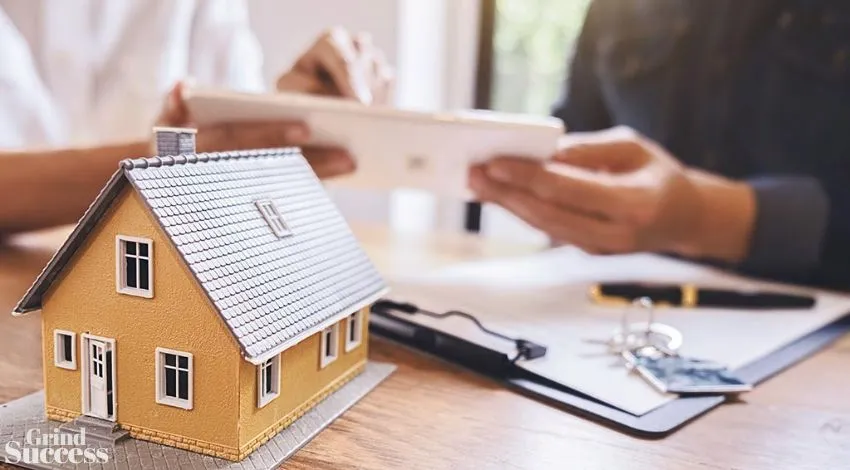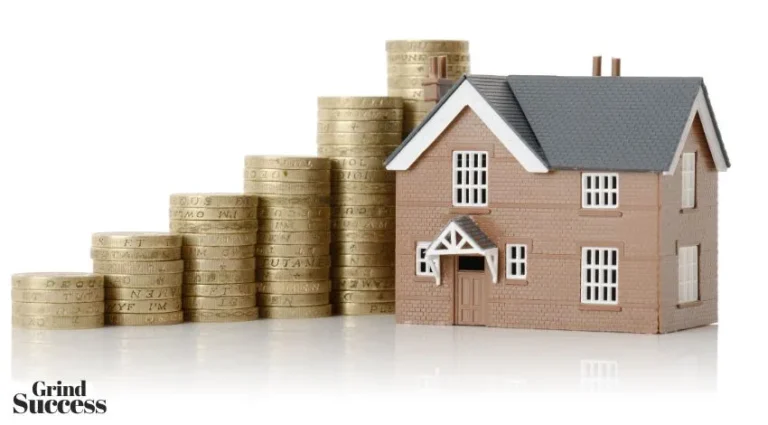6 Prominent Factors To Consider If You Are Buying A Property In [2023]

Sometimes the pace of rent growth might slow, there might be a lack of inventory on the market, and interest rates might rise. As a result, buyers might face unique challenges, making it more important than ever for them to have the right lender relationships, local market expertise, and the patience to make many offers.
Thus, the development of a rental real estate portfolio generally takes time, energy, and a willingness to adjust your approach as market conditions change.
We’ll cover how to buy a rental property in five steps in [2023], and explain some of the tips surrounding real estate investing.
1. Obtain Finances
Single-family rental properties are financed differently than primary residences. Down payments are larger, lender fees and interest rates are slightly higher, and there are different requirements.
Investors typically make down payments between 20% and 25% of the purchase price, and some refinance their homes to raise cash.
To qualify for a loan on a primary residence, the borrower must provide copies of tax returns, bank statements, and proof of income. When income is lower, or expenses are higher than expected, lenders may require up to six months of mortgage payments in a reserve account.
Getting financing for a rental property may be more difficult, but the good news is that there are several options available.
Many investors obtain rental property financing through traditional lenders, such as banks and credit unions, while others obtain financing from private lenders or joint ventures.
If you’re looking for a rental property loan or refinance, you can start your search right away online. Answer a few simple questions online, and many online websites will recommend a lender who can provide a competitive quote.
2. Analyze Rental Property Returns
An investor uses return on investment (ROI) to determine how profitable an investment property might be.
For instance, if you want to buy a property in Mumbai, check the home prices in Mumbai, their price insights, price trends, and transaction history on prices in the neighborhood. Post that to calculate ROI; you must:
3. Consider Property Purchase At The Right Price
You’ll know how much you can afford once you’ve completed your cash flow projections and researched lending requirements, and you’ll be able to find properties in your price range.
You are more likely to see a higher return on your investment if you pay less than market value. You’ll need to do some preliminary research to identify neighborhoods and properties that are good investment opportunities.
4. Rent a Property
The following factors should be considered when choosing the right rental property and take the best out of the real estate market:
To note, investing in a single-family rental property with a tenant already in place (or one that is rent-ready) reduces investment risk. Also, note that tax rates vary dramatically from city to city and state to state, affecting the ROI.
5. Manage the Property
Rent collection, tenant screening, and taking care of repairs are only some of the tasks involved in managing a rental property successfully.
To keep operating expenses under control and the rental property returns growing, owners must also follow local and state landlord-tenant laws, conduct periodic property inspections, run regular rent comparisons, and obtain the best prices from qualified agents.
Those who do not have time to become landlords often hire a local property manager. The benefits of owning a rental property can be enjoyed by an investor while avoiding the hassles of being a landlord if they hire a property manager.
6. Screen Your Tenants Thoroughly
Attracting reliable, rent-paying tenants is one of the most important ways to reduce your stress as a landlord. Signing a new tenant for the duration of a lease (typically 12 months) is a significant commitment that can either be a simple, stress-free experience or a decision that you later regret. In addition, you don’t want to be constantly concerned that your rent payment will be late.
The next question is, how do you know if a rental applicant will be a good tenant? The most important thing you can do to reduce stress and ensure a reliable tenant on your property is to conduct a thorough tenant screening on each applicant.
The tenant screening process allows you to learn more about your applicant’s background and determine if they meet your rental criteria. Besides online tenant screening, make sure to check references from previous landlords and employers.
Summing Up
Investing in rental property in the best markets for the best returns allows investors to focus on growing passive income streams by hiring the best rental property managers to handle day-to-day details.






